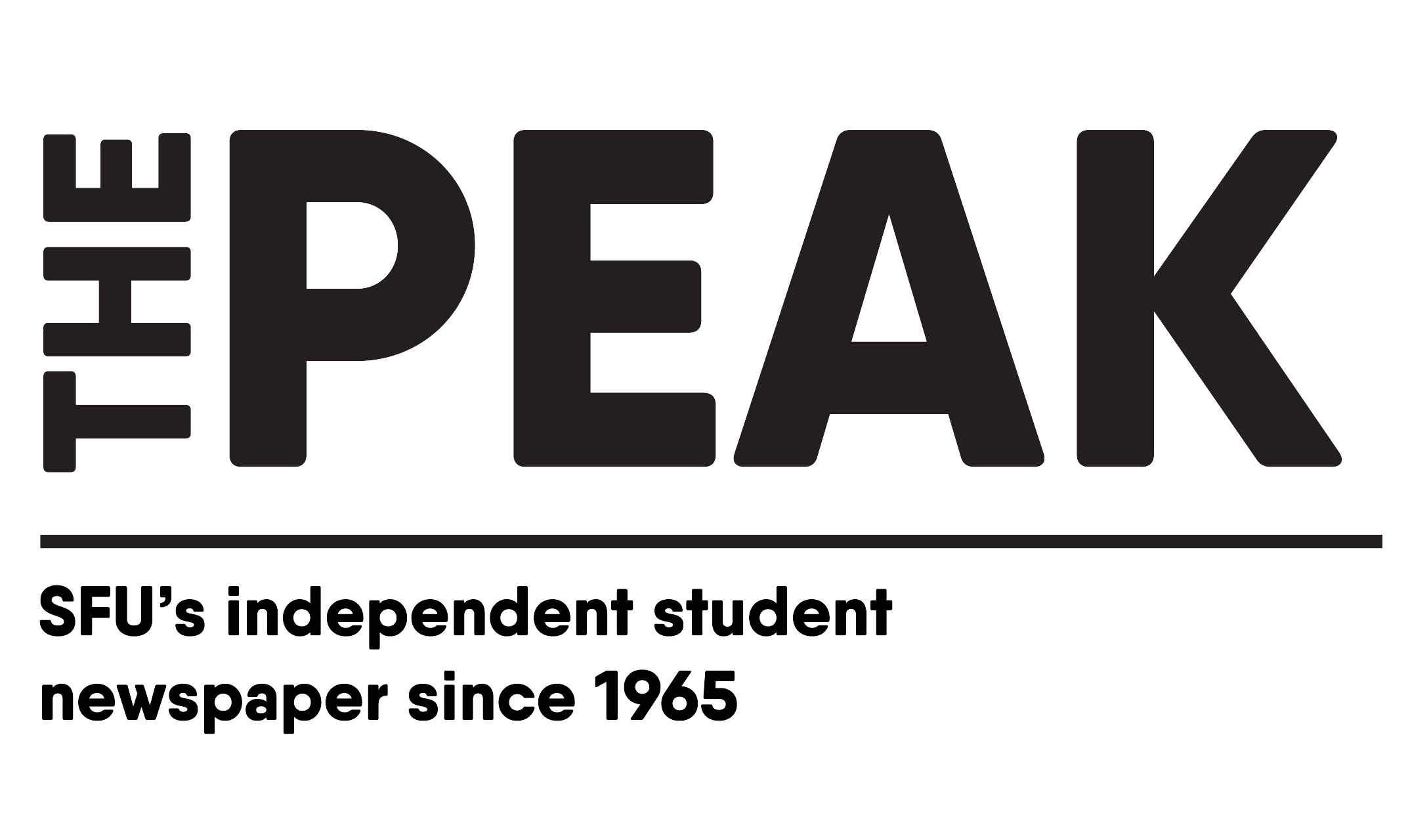By: Hannah Fraser, SFU Student
Last semester I took ENGL 211, a truly eye-opening class of gripping literature and lectures with a focus on enslavement in America. During one lecture, my professor briefly mentioned the history behind Hogan’s Alley in Downtown Vancouver. Immediately drawn to its history, I soon found through my own research that I passed by the site of Hogan’s Alley countless times in the past but had no idea such a valued cultural hub for Black people once existed there.
Black immigrants from California settled in BC during the mid-1800s, establishing in and around Strathcona by the early 1900s. They were soon joined in Vancouver by Black people from Alberta affected by housing discrimination. Hogan’s Alley was the vibrant cultural hub of the area, a place where Black Vancouverites could cultivate connections with each other through music, food, and the similarity of their backgrounds. Notably, this neighbourhood was home to Nora Hendrix, Jimi Hendrix’s grandmother, a cook at Vie’s Chicken and Steak House and a co-founder of the African Methodist Episcopal Fountain Chapel. However, due to strong racial prejudice, Vancouver newspapers portrayed Hogan’s Alley as a centre of crime and mischief. As a result of these discriminatory works, the neighbourhood began to fall apart in the 1960s — homes and businesses were destroyed, and the Georgia Viaduct was built right through Hogan’s Alley.
Unsurprisingly, the demolition of Black spaces was not a unique phenomenon in Vancouver. While Hogan’s Alley was being wiped off the map, US President Dwight Eisenhower deliberately constructed interstate highways through African-American neighbourhoods in the US as well. Though highway builders problematically argued the land was cheapest in these Black neighbourhoods, freeways were paved through them due to political power and discrimination. In the late ‘60s, white neighbourhoods successfully opposed highway constructions, while Black and Latin American communities didn’t have the power to.
In 2017, the City of Vancouver proposed the Northeast False Creek Plan — a plan to demolish the Georgia Viaducts, redevelop the area with more housing, and reestablish Hogan’s Alley as a cultural centre. The plan claimed the proposed housing was structured around the recreation of Hogan’s Alley, where many restaurants and businesses would reopen. The architect claimed to have developed his architectural concept in hopes of creating a “sense of place necessary for its identity as a cultural precinct.” Hogan’s Alley Society, a non-profit organization “daylighting the presence of Black history in Vancouver and throughout British Columbia,” expressed their joy that Hogan’s Alley may once again become the cultural hub it once was. The City claimed it was working with Hogan’s Alley Society for the cultural hub aspects of the plan.
All this was too good to be true, of course. Due to the COVID-19 pandemic plummeting revenue, part of the costs for the Northeast False Creek Plan were unable to be met. An estimated $400–500 million could still be needed in costs. With the uncertainty of the plan in 2024, the City has since recognized that further work is needed for the long-term success of the project in combating anti-Black racism.
More news about the Northeast False Creek Plan has been shared recently, but there is little focus on the actual cultural hub part of the plan. Unlike originally proposed, Hogan’s Alley does not appear to be the centre of the plan any longer, as this news report only details the construction of new homes and the removal of viaducts. While it seems the plan has not been fully neglected, we cannot be certain it will play out as originally promised.
So, I guess, I, like many others, couldn’t have known Hogan’s Alley existed — I was never taught about it before my class last semester, as our education system and government do not emphasize its importance enough. Unfortunately, the legacy of Hogan’s Alley is rather minuscule in popular culture, which is reflected in the government’s lacklustre creation of a Hogan’s Alley stamp issued by Canada Post. Creating a stamp rather than offering proper education about Black History clearly reflects the government’s desire to conceal the history of oppression against Black people in Vancouver.
Obscuring the past by landscaping the Blackness out of a nation is a clear threat to the Black diaspora and does not help eliminate prejudices. Thus, rebuilding Hogan’s Alley to reemerge as a cultural centre is imperative. There are a multitude of benefits to its reconstruction, some of which may go rather unnoticed. This cultural centre could create a sense of cultural continuity through the proposed food planting projects and provide Black children with positive role models to grow up with.
A very violent and insidious way to erase someone’s history is to merely not talk about it.
In the coming years, I hope that when I walk to the intersection of Main Street and East Georgia, I can more clearly recognize the site that was once home to many Black people in Vancouver. I hope that the initiatives to properly revitalize the area quickly become a reality, and that the history and cultures of Black Vancouverites are not only respected, but actively celebrated.





